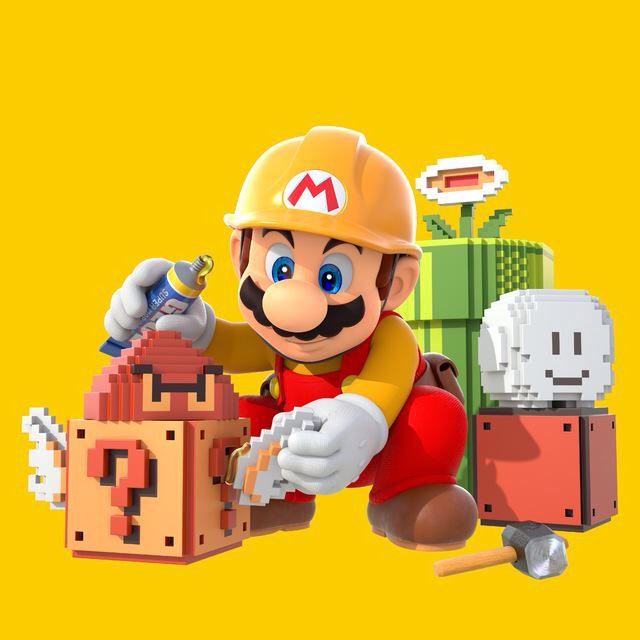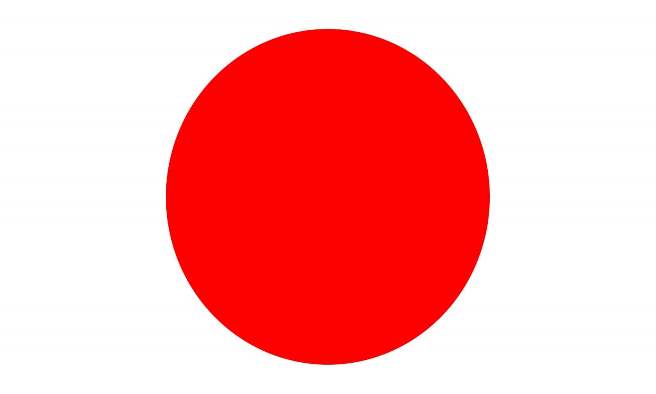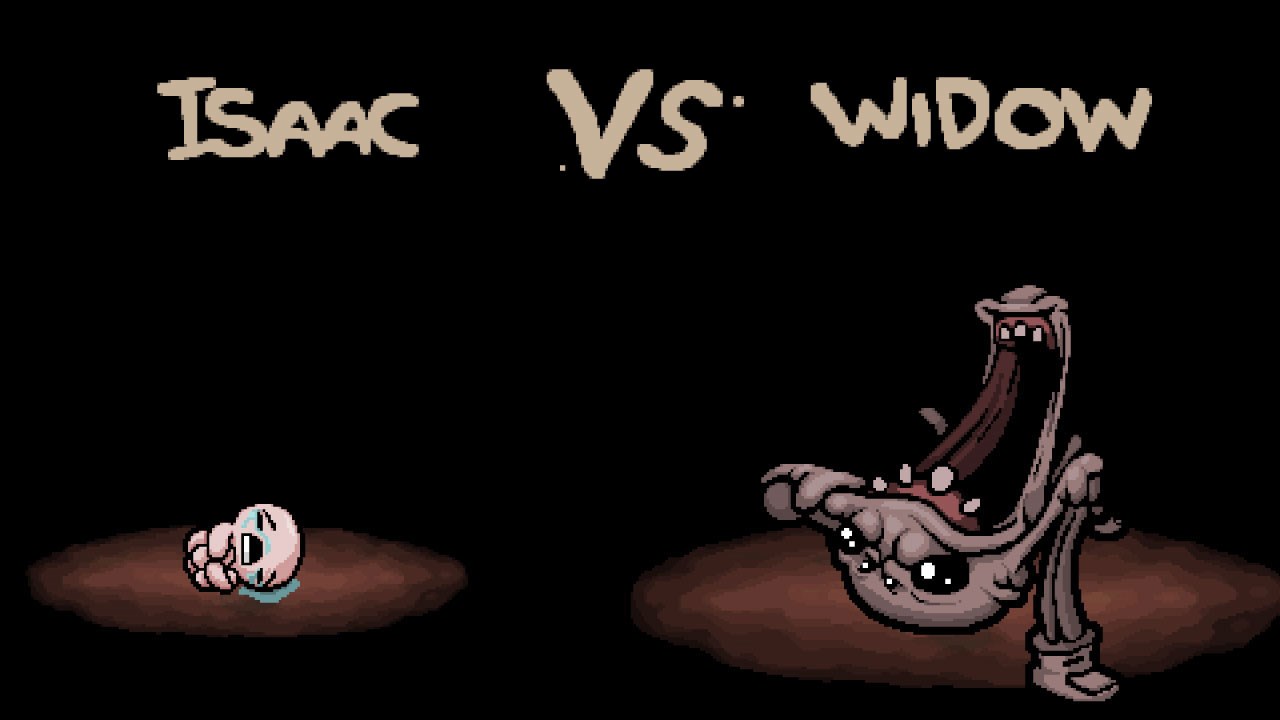Super Mario Maker hasn’t been released yet, but if you have an Amazon Prime subscription, savings are already available. These customers can take $10 off the game immediately.
Just add Super Mario Maker to your cart on the product page here. At the final checkout page, you should see $10 come off assuming you’re an Amazon Prime member. This offer should also be extended to all existing Prime member pre-orders as well.
This week’s expanded Japanese software sales are as follows:
01./01. [3DS] Yo-Kai Watch Busters: Red Cat Team / White Dog Squad
02./00. [PS4] Batman: Arkham Knight
03./00. [WIU] Yoshi’s Woolly World #
04./02. [3DS] Great Phoenix Wright: Ace Attorney – Naruhodou Ryuunosuke no Bouken #
05./05. [WIU] Splatoon
06./04. [3DS] Fire Emblem Fates: Black Kingdom / White Kingdom
07./06. [3DS] Rhythm Heaven: The Best+
08./03. [PSV] Taiko no Tatsujin: V Version
09./08. [PSV] Minecraft: PlayStation Vita Edition
10./00. [PS4] Godzilla
11./09. [WIU] Mario Kart 8 #
12./11. [3DS] Pokemon Omega Ruby / Alpha Sapphire
13./07. [3DS] Super Run For Money Tousouchuu Atsumare! Saikyou no Tousou Monotachi
14./13. [3DS] Animal Crossing: New Leaf #
15./00. [PSV] I Doll U #
16./10. [3DS] Dragon Ball Z: Extreme Butoden
17./15. [PS4] The Witcher 3: Wild Hunt
18./18. [3DS] Super Smash Bros. for Nintendo 3DS
19./14. [3DS] Style Savvy 3: Kira Kira Code
20./16. [PS4] Devil May Cry 4: Special Edition
Sinxsoft recently took its Japanese-style RPG Cross Reverie to Kickstarter. However, the project was pulled after the studio managed to secure funding from a private investor.
Cross Reverie is targeted for launch in Q3 2016 on PC. Eventually, Sinxsoft intends to bring the game to Wii U.
You can get a look at Cross Reverie in the video below.



